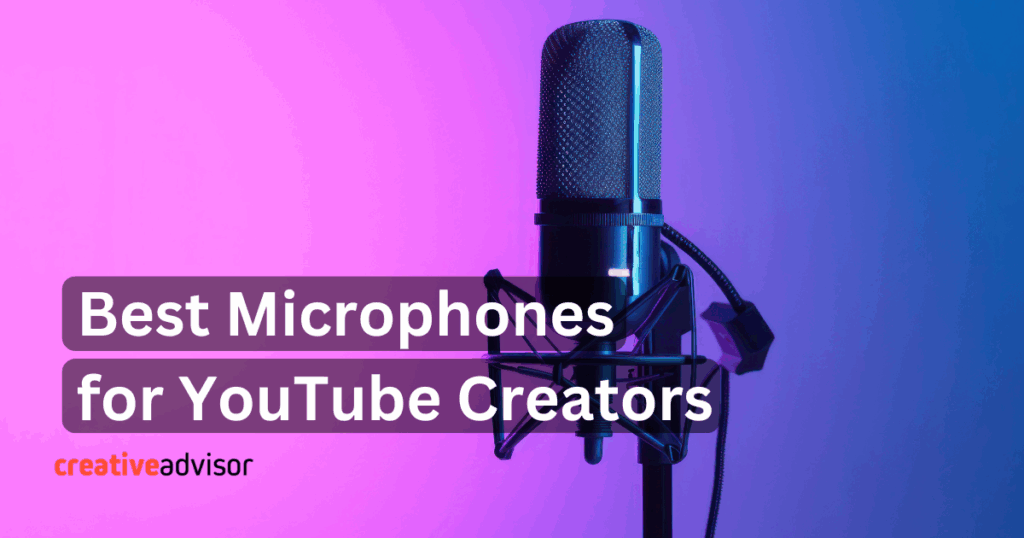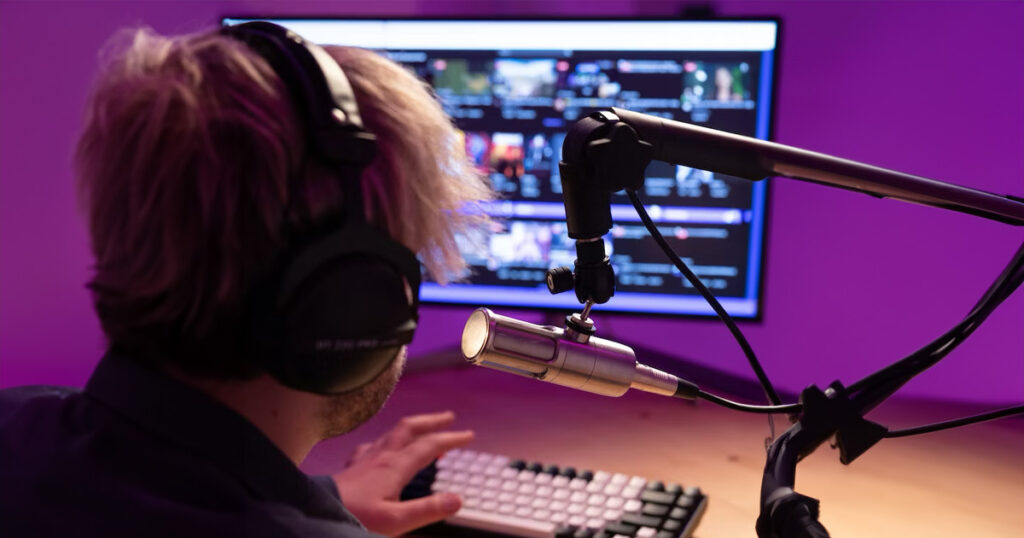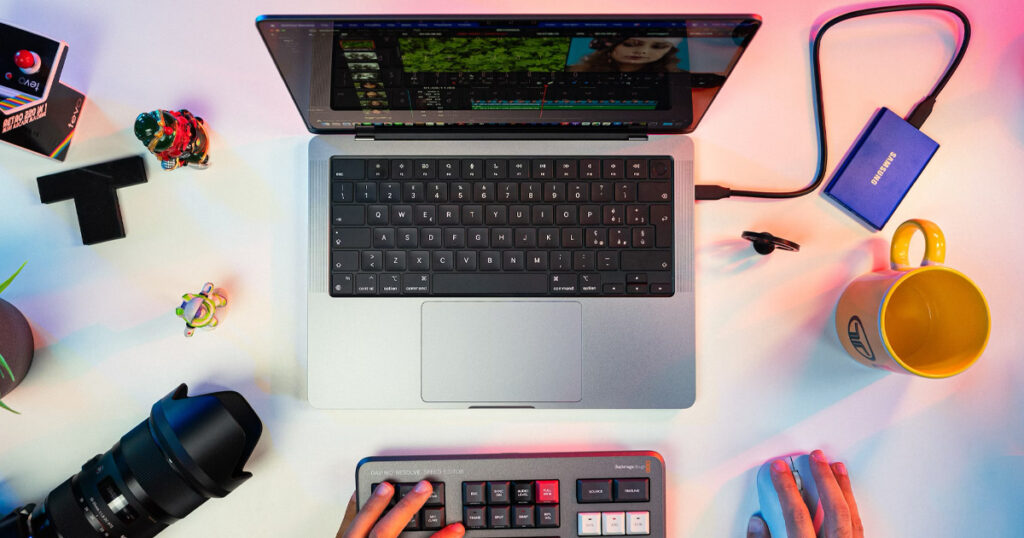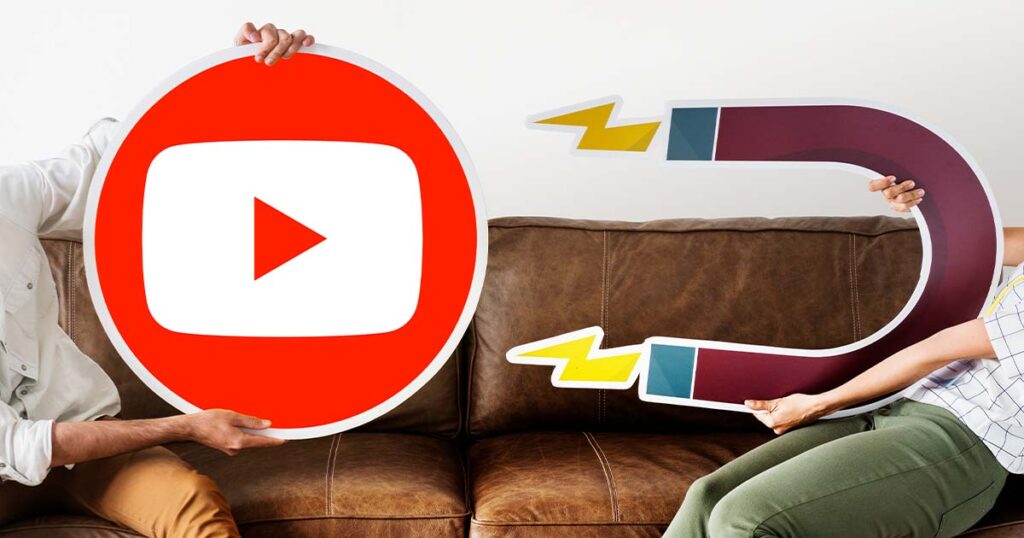Creating awesome YouTube videos isn’t just about looking good on camera, great audio is what makes people actually stick around and listen. Whether you’re vlogging, streaming, podcasting, or just starting out, having the right mic can take your videos from “meh” to pro.
In this guide, our team has broken down the best microphones for YouTube, no jargon, no overwhelm, just solid options based on what you need and what you want to spend. We cover it all from budget-friendly USB mics to pro-level studio gear. We’ll get into the real pros, cons, and what people actually say about them so you know what’s worth it and what’s not.
Quick Picks: Best Microphones for YouTube
| Microphone | Best For | Type | Price |
|---|---|---|---|
| Blue Yeti X | Beginners & Streamers | USB | $229.99 |
| Shure SM7B | Pro Voiceovers, Podcasts | XLR | $399.00 |
| Audio-Technica AT2020 | Budget Studio Setup | XLR | $149.00 |
Best Microphones for Beginners and Streamers
Blue Yeti X – A favorite for beginners and streamers. It’s USB plug-and-play, with studio-level sound control and Blue VO!CE software for tuning your voice. Great for voiceovers, gaming, and podcasts.
- Pros: Plug-and-play simplicity, versatile sound control, real-time voice filters.
- Cons: Less noise isolation and you’re dependent on software.
HyperX Quadcast – Ideal for gamers and streamers who want good sound and you can’t go past its eye-catching design. Built in shock mount, which helps make your audio better, and tap to mute sensor which makes it much easier to mute when streaming.
- Pros: Tap-to-mute, RGB lighting, built-in shock mount.
- Cons: USB only, plastic build which can make it feel a little flimsy.
Elgato Wave: 3 – Designed for streamers and good for voiceovers when you are just starting out. It has a condenser style mic, which means it’s very sensitive, and good at picking up vocal changes. The Clipguard tech is good to prevent distortion too and the Wave Link software allows you to use different plugins to mix up your sound.
- Pros: Sound quality, Clipguard tech, the software mixer is great to play with sound.
- Cons: It’s very sensitive so will pick up background noise easily.
Best for Professional Voiceovers & Podcasts
Shure SM7B – Industry standard for podcasts and pro voiceovers, famous YouTubers like Joe Rogan use it. Known for its warm, rich tone and excellent background noise rejection, but requires an XLR setup, which means extra ports and some research, not as straightforward as a USB set up.
- Pros: Broadcast quality, noise isolation, trusted by top podcasters so you know the sound quality is good.
- Cons: Needs interface, pricey, heavy, not for beginners.
Shure MV7 – A more flexible USB/XLR hybrid option if you want pro sound with the ability to upgrade to an XLR interface later.
- Pros: Dual connection, easy controls, Voice Isolation Technology.
- Cons: Pricey for beginners, heavy.
Audio-Technica AT2020 – This one is great when you are just starting out, it’s going to provide you with studio quality sound in your home. It gives you studio quality on a budget. It has a cardioid polar pattern for focused vocals which means it picks up the sound directly in the front of the mike and tries to isolate it from other noises.
- Pros: Great value, crisp audio, ideal for home studios.
- Cons: Requires XLR interface, no built-in controls makes it more difficult to use and some feedback has been that the noise cancelling isn’t as strong.
Best for Vlogging & On the Go Creators
Rode VideoMic – Compact shotgun mic for cameras, great for outdoor interviews and YouTube vlogs.
- Pros: Portable, directional sound, camera-mountable.
- Cons: Limited compatibility, battery required.
Other Great Picks
Electro-Voice RE20 – This is the mic you’ll hear on professional radio shows and podcasts. If you want that deep, smooth “radio voice” sound for podcasts, voiceovers, or narration, this is one of the best, but pricey and for advanced users.
- Pros: Top-notch voice quality, great at cutting out unwanted noises like breaths and “pops”, used by the pros.
- Cons: Really heavy, needs an audio interface to plug into a computer, pricey and probably too much for beginners.
Rode PodMic – A great option if you want that “podcast sound” without spending a fortune. Perfect for podcasts, interviews, or YouTube videos where you want a rich, clear voice.
- Pros: Great sound for the price, built-in pop filter (so you don’t need to buy one), really solid build.
- Cons: Needs an audio interface (XLR only), sounds best when used with Rode gear or similar.
PreSonus Revelator – If you don’t want to mess with a bunch of gear, this USB mic is a simple plug-and-play option but still lets you make your voice sound polished. You can add effects like making your voice louder or clearer directly on the mic without extra software.
- Pros: Easy to use, no extra gear needed, lets you adjust how you sound with built-in settings.
- Cons: Only works with USB, so if you upgrade to a fancy studio setup later, you might outgrow it.
How to Choose the Right Microphone for YouTube
Picking a microphone doesn’t have to be confusing, it all comes down to how and where you record. Here’s how to think about what you actually need, without getting lost in the tech stuff.
- Think about how you film
Are you mostly talking to the camera at your desk? Are you moving around filming vlogs? Or maybe you’re recording voiceovers or podcasts? The way you record will help narrow down what mic makes sense. - If you want something simple and easy to set up
Go for a USB microphone. You can plug it straight into your computer and start recording, no fancy equipment needed. These are perfect if you’re just starting out or filming at your desk. - If you want to sound like a pro or record voiceovers/podcasts
Consider a studio microphone (XLR mic). These are the kind of mics people use on radio or podcasts to get that rich, deep sound. Just keep in mind you’ll need an extra device (called an audio interface) to plug it into your computer. These are great if you care a lot about sound quality and want to grow into a more professional setup. - If you’re filming outside or moving around a lot
Look for a camera-mounted mic (often called a shotgun mic). These mics pick up sound right in front of them — like your voice — and ignore background noise, so they’re great for vlogs, interviews, or travel content. - If you’re streaming or gaming and want to control how you sound in real-time
Choose a mic that lets you adjust things like volume and effects easily while you record. Software is going to be really important here. Some mics come with simple software so you can tweak your sound without stopping your stream.
The “best” microphone is the one that fits your style and feels easy to use, because if it’s complicated, you probably won’t want to use it!




